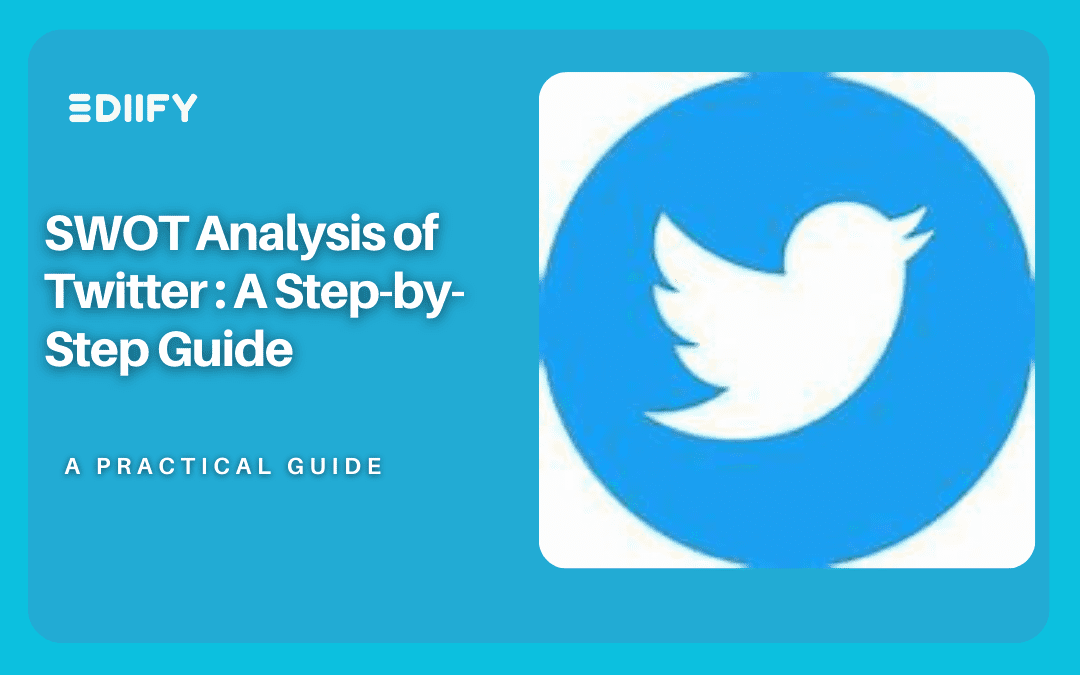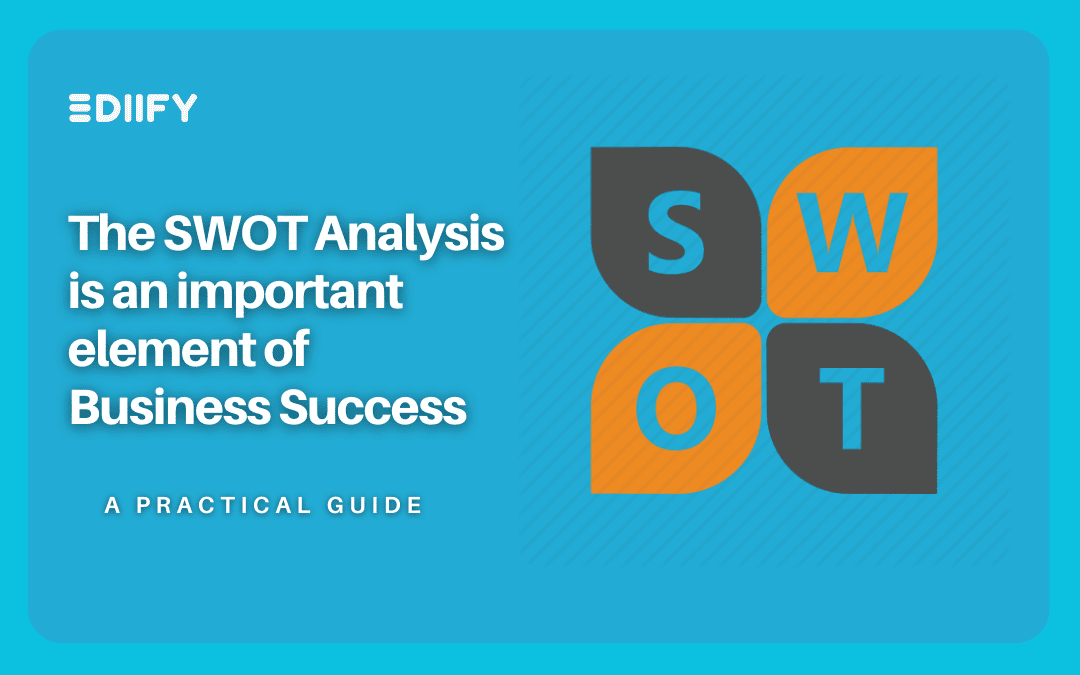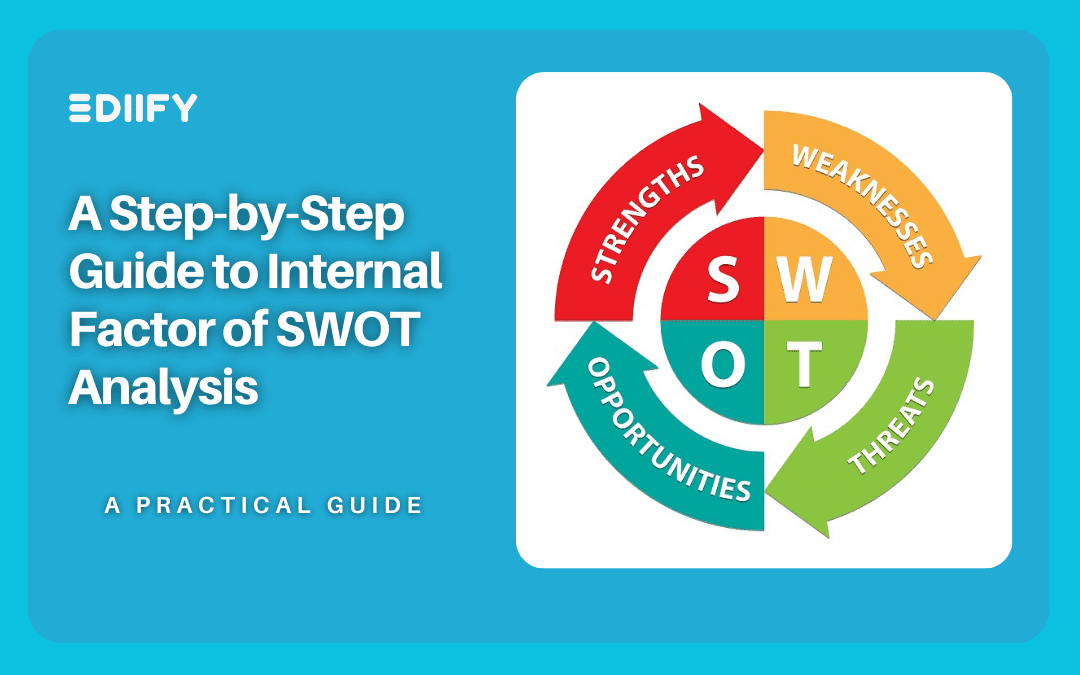
SWOT Analysis of Unilever: An In-Depth Analysis
Feb 5, 2024 | EDIIFY Blogs
Introduction:
In the dynamic realm of global consumer goods, businesses find themselves in a perpetual state of adaptation to shifting market dynamics, evolving consumer preferences, and economic trends. Unilever, a multinational conglomerate renowned for its diverse product portfolio encompassing food and beverages, personal care, and home care products, stands as a quintessential player in this landscape. A profound exploration of Unilever’s strategic standing necessitates a thorough SWOT analysis, delving into its swot analysis of unilever

Strengths:
- Global Presence and Brand Portfolio: Unilever’s extensive global reach and a diverse array of well-established brands, including Dove, Knorr, and Lipton, contribute significantly to its robust market presence and unwavering consumer loyalty.
- Innovation and Sustainability Initiatives: The company has been at the forefront of incorporating sustainability into its business model. Unilever’s commitment to reducing environmental impact and championing social responsibility not only resonates with consumer values but also elevates its brand image.
- Diverse Product Range: Unilever’s expansive product portfolio spans multiple categories, mitigating reliance on any single market segment. This diversity not only furnishes a competitive edge but also shields the company from economic downturns in specific sectors.
Take a look at the below blog the impact of swot analysis of Hindustan Unilever Limited
https://ediify.com/the-impact-of-swot-analysis-of-hindustan-unilever-limited/
Weaknesses:
- Dependency on Developed Markets: Unilever’s notable reliance on developed markets exposes it to economic downturns in these regions. Fluctuations in consumer spending patterns can exert an impact on the company’s overall performance.
- Complex Organizational Structure: The vastness of Unilever’s product range and global reach has resulted in a complex organizational structure. This intricacy may impede swift decision-making and agility, especially in responding to rapidly changing market conditions.
Opportunities:
- Emerging Markets Growth: Unilever is poised to leverage growth opportunities in emerging markets, where rising incomes and evolving consumer preferences present avenues to expand market share.
- Digital Transformation: The increasing significance of e-commerce and digital channels offers Unilever the chance to augment its online presence and enhance consumer engagement. By harnessing digital technologies, the company can streamline operations and gain valuable consumer insights.
- Health and Wellness Trends: The escalating global emphasis on health and wellness provides Unilever with the prospect to innovate and introduce products catering to health-conscious consumers, meeting the demand for nutritious and sustainable options.
Threats:
- Intense Competition: Unilever contends with formidable competition from other multinational corporations and local players. The highly competitive nature of the consumer goods industry exerts pressure on pricing and margins.
- Economic Uncertainty: Economic uncertainties, including recessions or currency fluctuations, pose a threat to Unilever’s financial performance. Consumer spending patterns, sensitive to economic conditions, can impact the demand for non-essential products.
- Regulatory Challenges: Evolving regulations and heightened scrutiny on environmental and social issues present potential challenges for Unilever. Navigating changing regulatory landscapes necessitates continual investment and compliance efforts.
Take a view at the below blog the competitors of reliance industries
https://ediify.com/project/the-competitors-of-reliance-industries/
Conclusion:
In conclusion, the SWOT analysis of Unilever provides a nuanced understanding of its strategic position in the global consumer goods market. While the company boasts strengths such as a global presence, a diverse product range, and a commitment to sustainability, it faces challenges such as economic uncertainties and intense competition. By capitalizing on strengths, addressing weaknesses, and seizing opportunities, Unilever can adeptly navigate the evolving consumer goods landscape, ensuring its sustained prominence in the industry. The imperative for strategic adaptation and agility underscores the company’s resilience in the face of ongoing changes and uncertainties.














